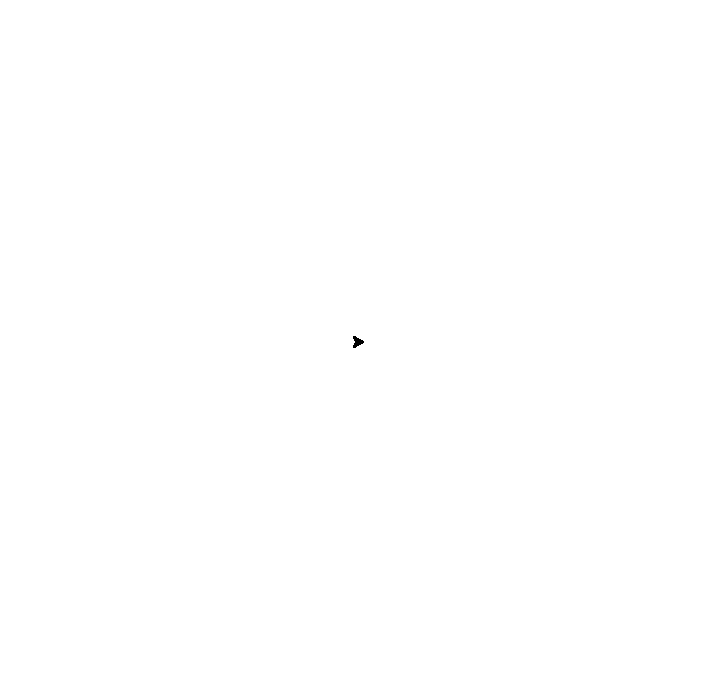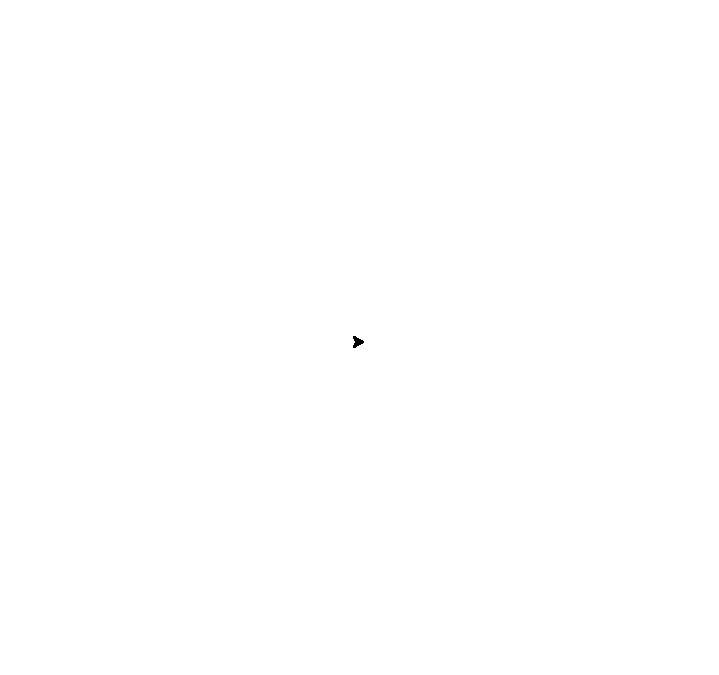The Algorithmic Beauty of Plants
“The idea of form implicitly contains also the history of such a form.”
Notes on Prusinkiewicz and Lindenmayer’s beautiful book, “The Algorithmic Beauty of Plans” (Springer-Verlag, 1990), which is also available online.
1 Graphical modeling using L-systems
- Lindenmayer systems, or L-systems, were originally a topological model of plant development, emphasizing the neighborhood relations between plant modules (cells, filaments…).
- Geometry was added later on to make the model more expressive.
1.1 Rewriting systems
- Complex objects are composed by successively replaces parts on an initial simple object using a set of rewriting rules or productions. Examples are:
- von Koch’s rewriting rules for open polygons (snowflake curve)
- Conway’s game of life
- Chomsky’s formal grammars
- “The essential difference between Chomsky’s formal grammars and L-systems lies in the method of applying productions.”
- Sequentially in the former, and in parallel in the latter
1.2 DOL-systems
- DOL-systems, the simplest class of L-systems, is deterministic and context-free.
- Axiom is the initiator string, and all string rewriting rules are applied simultaneously in each steps. So, given rules (1)
a -> ab, and (2)b -> a, the axiombafter two steps becomesaba.
- Axiom is the initiator string, and all string rewriting rules are applied simultaneously in each steps. So, given rules (1)
- Formal definition:
- Let be an alphabet, be the set of words, and all non-empty words.
- is a non-empty initial word, called axiom.
- be the set of productions.
- is the same as .
- is called predecessor, is called successor.
- Thus, each character maps to a word. The default production is identity, .
- An OL-system is the triplet .
- An OL-system is deterministic if there is exactly one s.t. .
- A simple example is the simulation of the development of a multi-cellular filament of bacteria Anabaena catenula.
1.3 Turtle interpretation of strings
- Graphical representations of L-systems allow modeling more complex plants.
- Turtle interpretation of L-system:
- Current state defined by the triplet , where represent the Cartesian coordinates, and angle is the heading.
- Given the steps size and angle increment , the following actions are possible:
- : move forward a step of size from to , and draw a line.
- : move forward as above without drawing a line.
- : turn left by angle so the current state becomes
- : turn right by angle so the current state becomes
- The following L-system approximates Mandelbrot’s quadratic Koch island:
1.4 Synthesis of DOL-systems
- Inference problem: how can one generate, or discover, the generators for L-systems?
- Random modifications don’t yield insight, and in fact may causes a system to die or be stuck in a loop.
- There are no general methods still. Two well-developed heuristics are: edge rewriting and node rewriting. “Both approaches rely on capturing the recursive structure of figures and relating it to a tiling of a plane.”
- Edge rewriting:
- Productions operate on units of a figure (edges), substituting the whole figure for each unit.
- A variation of L-systems assumes two types of edges: right (R) and (L) although both correspond to the F command. They are helpful in indicating which side of a line to act on.
- The class of “space-filling, self-avoiding, simple and self-similar” (FASS) curves \ are space-filling i.e. they pass through all points of a square.
- McKenna, in his paper “SquaRecurves, E-Tours, Eddies, and Frenzies: Basic Families of Peano Curves on the Square Grid” [1], that outlines the conditions under which FASS curve generators can be found. Given a figure of order n (i.e. a figure completely tiled by scaled version of itself, aka a “rep-tile”), he proves that:
- “Theorem 1: Generator on order n triangular grids always generate Peano curves that are self-contacting.” Hence, there are no self-avoiding curves in this case.
- “Lemma 1: “There are no bilaterally symmetric self-avoiding Peano curve generator on order n fixed square grids when n is odd”.
- “Theorem 2: Bilaterally symmetric Peano curve generators on order n fixed square grids can never generate self-avoiding approximations, for k > 1” (k is the number of iterations).
- “Even when a generator, consisting of connected line segments, is self-avoiding, this does not necessarily mean that approximations to the Peano curve it generates are self-avoiding.”
- Rotational (unlike bilateral) symmetry allows some generators to mesh in a self-avoiding way.
- The hexagonal and quadratic Gosper curves are examples of FASS:
 |  |
- Node rewriting:
- Productions operate on units of a figure (nodes), substituting a new figure for each unit.
- Turtle interpretation extension for node rewriting:
- Given subfigure A from a set of subfigures :
- Two contact points: the entry point , and the exit point
- Two direction vectors: entry vector and the exit vector
- Subfigure A is translated and rotated to align with its entry point and direction with the current position and orientation of the turtle.
- Having placed A, the turtle is assigned the resulting exit point and direction.
- Given subfigure A from a set of subfigures :
- The Hilbert curve L-system for subfigures L (f+F) and R (+F):
- When L and R are subfigures reduced to a point, the result is a pure curve.
References
- The Lighter Side of Mathematics: Proceedings of the Eugene Strens Memorial Conference on Recreational Mathematics and Its History link
